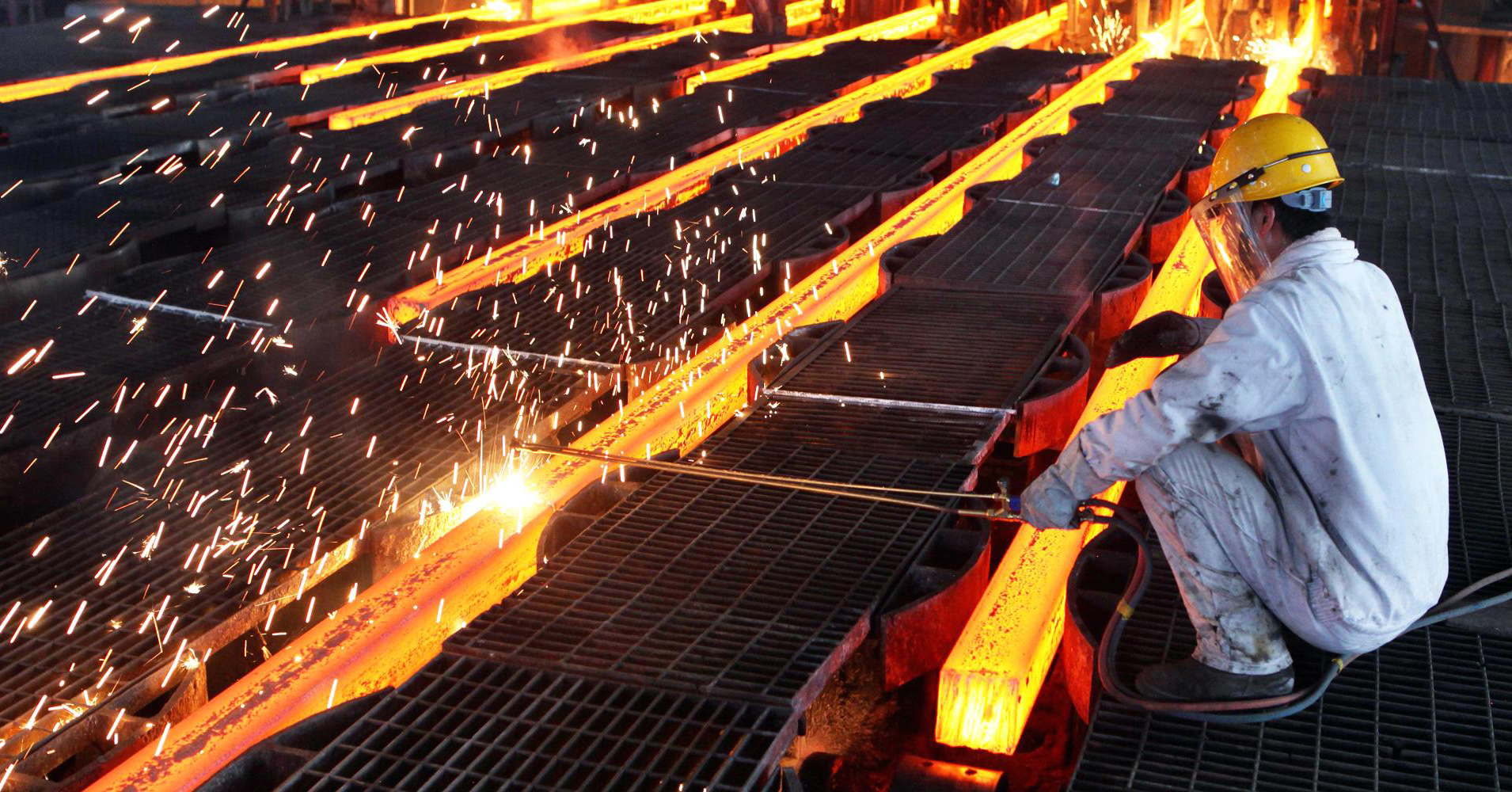The steel industry is one of the most strategic sectors of the Iranian economy, as it accounts for the bulk of the mining sector’s exports and revenue and is at the same time vital for the development of domestic infrastructure and key sectors such as oil.
Having recognized its importance and potential, various governments have devised ambitious plans for the development of the steel industry. As per the goals set in the 20-Year National Vision Plan (2005-25), Iran seeks to become the world’s sixth largest steelmaker by 2025 with a crude steel output capacity of 55 million tons.
Realizing this capacity will be a considerable challenge though. For instance, experts argue that producing 55 million tons of crude steel needs 160 million tons of iron ore, which in turn entails a nearly 100-million-ton increase in the current ore output. And this is while iron ore miners are grappling with liquidity issues, which prevent them from embarking on expansion plans.
According to studies conducted by Foolad Technic International Engineering Company, the envisioned goal also requires exports of about 21 million tons of the stated figure, with domestic demand standing at about 34 million tons. Other concerns have been raised by industry players and analysts that the feasibility of exports will be challenged by Iran’s underdeveloped infrastructure.
Iranian railroads have so far been unable to provide exporters with a cheap and dependable alternative to road and marine transportation for both exports and procurement of raw material from mines.
According to data released by World Steel Association, the average capacity utilization rate of the world’s 65 steelmaking countries stands at about 70%. Steel’s global price and demand are still recovering from the sticky lows of 2015 and yet to return to their pre-2015 lucrative state.
Iranian steel mills produced over 16.4 million tons of crude steel in the 11 months of 2016, registering an 11% growth year-on-year, according to WSA.
Iran exported 4.3 million tons of crude steel and steel products worth $1.82 billion in the eight months to November 21. The mills have so far materialized 31 million tons of the annual manufacturing capacity target, according to Minister of Industries, Mining and Trade Mohammad Reza Nematzadeh.
Achievable, Yet Challenging
“Realizing this goal used to be a dream, but considering the new steel capacities in the making every day, it does not look out of reach anymore,” said deputy minister of industries, mining and trade, Jafar Sarqeyni, in an interview with the Persian daily Donya-e-Eqtesad.
Sarqeyni considers the nine years left to 2025 to be more than enough. The worst-case scenario, according to the official, is realizing a 50-million-ton capacity.
However, the official admits that challenges must be overcome to reach the target. The very first hurdle is the high production costs and finished prices that dull Iranian products’ competitive edge in international markets. Miners and steelmakers alike believe that the underdeveloped rail infrastructure is one of the main causes of this issue.
The second challenge is the turbulent state of the global market, which directly affects the domestic market and disrupts its balance. The government has at times reacted, although heavy-handedly, to major reverberations reaching Iran’s steel market by levying import and export duties.
China’s dumping of cheap steel in 2015 is one of the main examples, which eventually led to the imposition of up to 20% duty on flat imports in early 2016.
Sarqeyni also noted that Iranian steelmakers must strive to boost their economies of scale and reach global standards in production, as small-scale output prevents producers from entering global arenas. He noted that only a few large steel mills are currently close to global scale output and that small producers can only catch up by offering competitive prices.
Another challenge facing the mining sector and the steel industry’s growth is lack of access to modern production technologies, according to the official.
The government has so far taken two initiatives to address this issue: exempting imports of mining and steel production equipment from duties and permitting imports of secondhand machinery if it is less than 10 years old.


